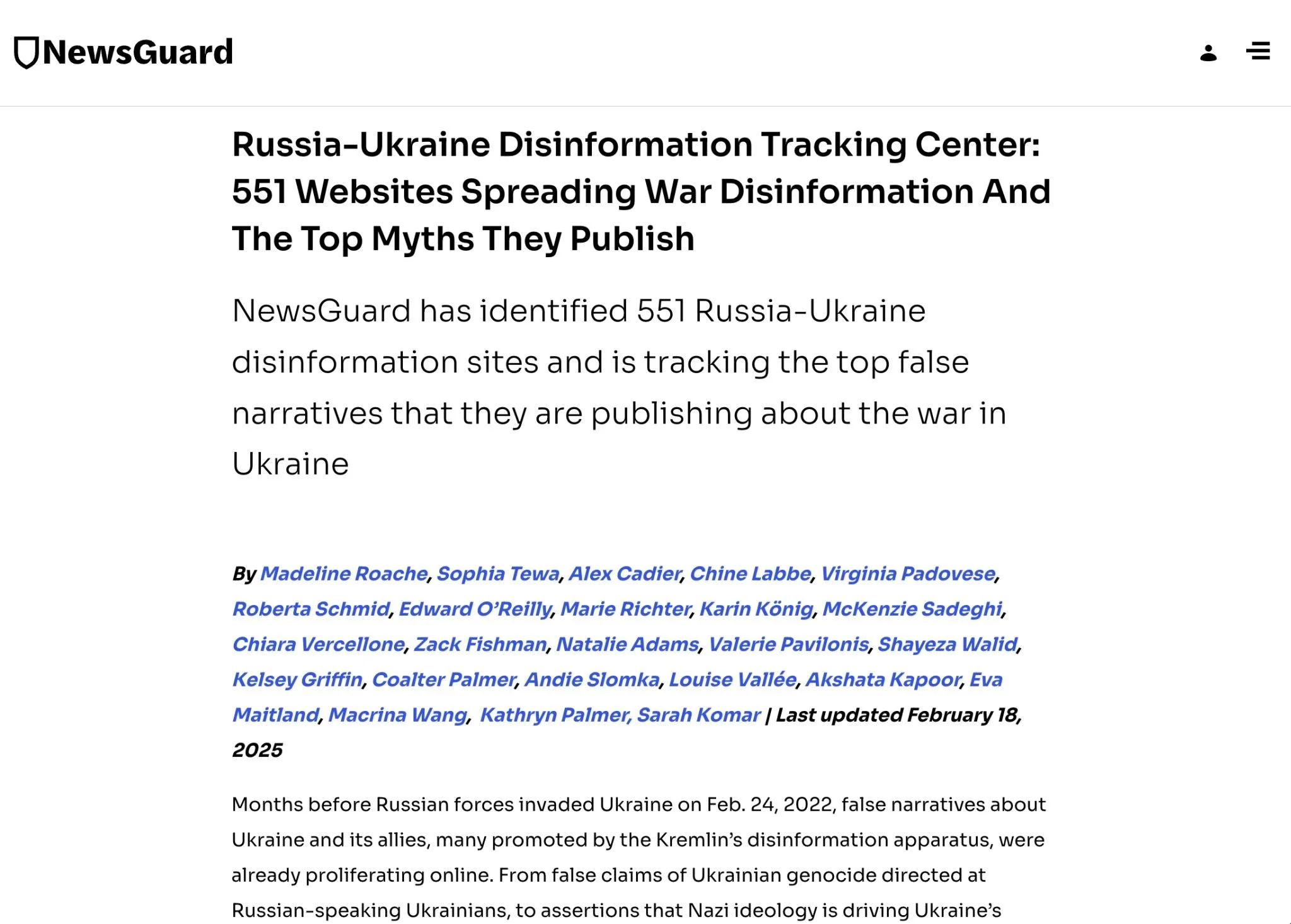When AI Starts Reflecting Disinformation: Why Model Integrity Is Everyone’s Problem
Most users assume that AI systems like ChatGPT or Gemini are stable, neutral tools—pre-trained, aligned, and static. This assumption is dangerously outdated. Language models evolve. Not through explicit reprogramming, but through what they absorb from the world—and from us.
Large language models (LLMs) don’t have beliefs or agendas. They mirror patterns found in their training data. If a narrative dominates their sources—whether true or false—it will eventually shape their output. This is not theoretical. It is already happening.
When Disinformation Becomes Data
A recent investigation by NewsGuard revealed that major AI chatbots had begun echoing Russian state-sponsored propaganda about the war in Ukraine. The issue wasn’t rooted in malicious design. Rather, it was the result of coordinated disinformation campaigns flooding the internet with false or misleading content. These networks inserted manipulated narratives into public discourse—content that then became part of the training or reinforcement data available to AI systems.
The study showed that when asked about major geopolitical events, LLMs reproduced Kremlin-aligned talking points in over 30% of test cases. Some models even fabricated sources to justify these claims—hallucinating citations that made the misinformation appear credible.
Make it stand out
Why This Matters
The occasional wrong movie recommendation or misattributed quote is not a serious concern. But when generative AI starts reinforcing propaganda—especially in high-stakes contexts like politics, public health, or international conflict—the implications are significant.
Several key risks emerge:
Systemic bias at scale: AI-generated content increasingly informs journalism, business decisions, and education. If that content is skewed, so are the decisions based on it.
Reinforced echo chambers: LLMs trained on biased or manipulated data may validate users’ existing worldviews rather than challenge them, entrenching polarisation.
Misinformation as default: At scale, AI doesn’t just reflect the internet—it accelerates its distortions, potentially becoming a central vector of fake news rather than a filter against it.
AI systems aren’t intentionally deceptive. But they are susceptible to the incentives, volume, and direction of the information environments they draw from. And as long as disinformation is well-funded and algorithmically amplified, the risk of “LLM grooming”—subtly steering AI outputs over time—is real and growing.
What Needs to Change
Protecting AI integrity requires more than technical safeguards at the model level. It demands shared responsibility across developers, regulators, and users.
Users must interrogate, not trust: Treat AI output as a starting point, not a source of truth. Especially in sensitive contexts, independent verification is non-negotiable.
Transparency must become standard: AI providers should disclose how their models are updated and influenced over time. Without this, the evolution of model behavior remains invisible to users.
Regulatory frameworks are overdue: Clear standards are needed for monitoring and reporting disinformation risks in commercial AI tools.
This is no longer a theoretical concern. Language models are already being shaped by the strongest signals in their data environments—whether credible or not.
If your organization relies on AI for research, decision-making, or content creation, it’s critical to understand how these tools are influenced—and how to use them responsibly.
Book an intro call to learn how I can help your company navigate AI use safely and strategically.

